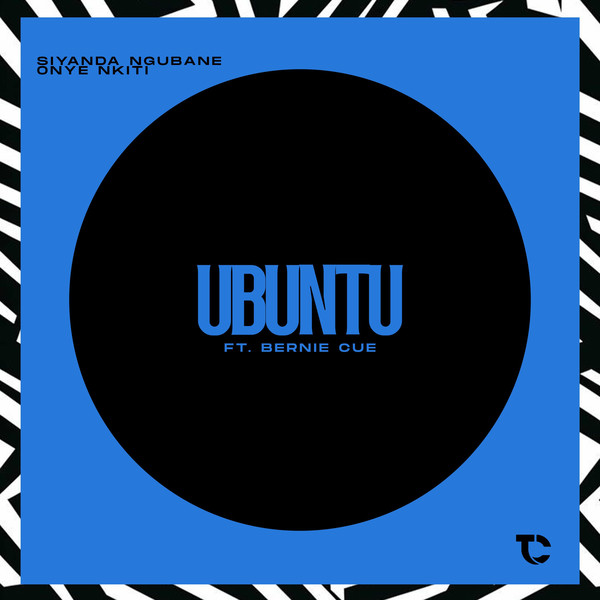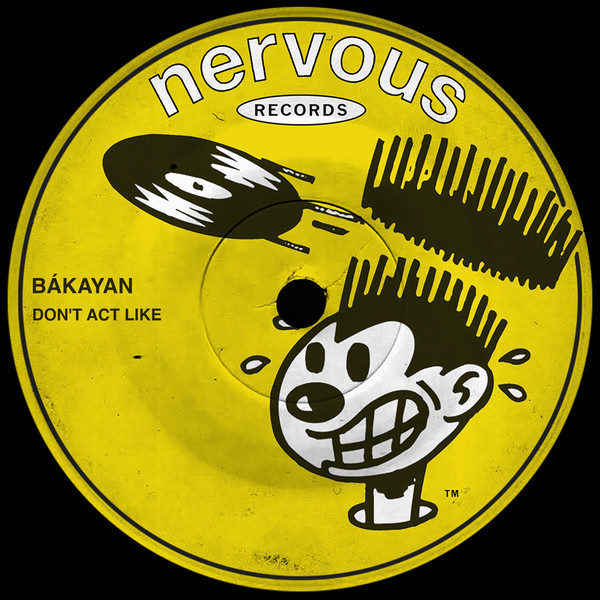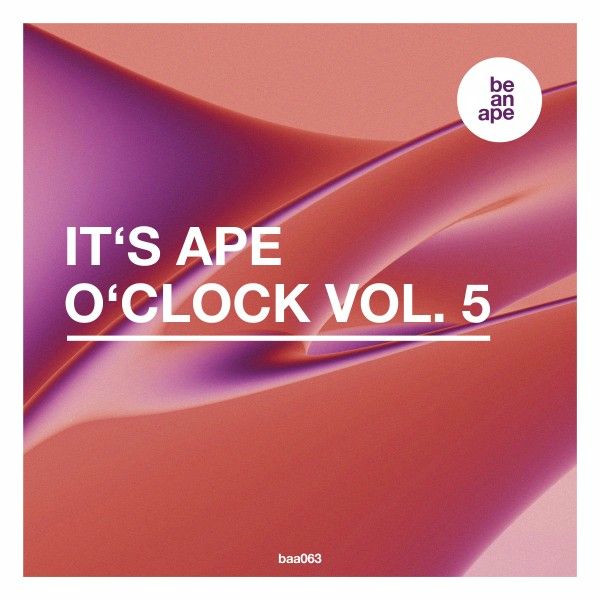Rick Rubin has written a book about the new phenomenon of ‘vibe coding,’ or giving AI directions in natural language instead of a programming language, which the acclaimed producer calls the “punk rock of coding.” Before you start agreeing with Pete Townshend, the argument does kind of make sense in-context.
The Way of Code: The Timeless Art of Vibe Coding is an interactive book created with the AI chatbot Claude. According to Rubin it’s a kind of remix of the Tao Te Ching, a “a 3,000 year-old wisdom teaching combined with cutting-edge technology.” It’s full of Rubin’s observations about AI mixed with Rubin-esque ancient wisdom such as, “Do by not doing, and there is nothing that cannot be done.”
Rubin talked about the book during a May appearance on The Ben & Marc Show, a podcast hosted by the venture capitalists Ben Horowitz and Marc Andreessen. In a thoroughly modern example of life imitating art imitating life, Rubin learned about vibe coding when an old picture of him became the face of a vibe coding meme. The producer, who has worked with everyone from Beastie Boys to Lady Gaga to Metallica, researched vibe coding just enough to post a joke on social media, and then found himself growing more curious. “The universe is pulling me into this,” he recalls thinking.
He sees parallels between vibe coding and punk rock in the way that they prioritize ideas over technique. “So in the past, for music, you had to go to the conservatory and study for years and years. Then someday, you could play in a symphony,” he told Andreessen and Horowitz. “And then, when punk rock came along, you could maybe learn three chords in a day — and there were all these bands. That made it for everybody. How I started in music was punk rock. If you had something to say, you could say it. You didn’t need the expertise or skill set, other than your idea and your ability to convey it. And vibe coding is the same thing — it’s the punk rock of coding.”
As he sees it, AI won’t be a true competitor to creatives. “The reason we go to the artists we go to, or the writers we go to, or the filmmakers we go to, is for their point of view. The AI doesn’t have a point of view,” he says.
He imagines a new generation of artists and coders who can do to modern culture what punk did to music, empowering the best ideas even if they don’t come from a place of experience and technique. “AI gives you the ability to take your ideas, feed it into this machine, and then get back different iterations that, normally, you would do, but it would take you much longer. It’s more of a modeling process,” Rubin explains.
Those who read The Way of Code are invited to edit the book’s animations, offering prompts to change the art as you go — though to save you a click, it doesn’t work very well, at least at the $20/month pricing tier. (Full disclosure: All Consequence articles are written and edited by humans, but we are experimenting with commercial AI for administration and marketing. The results have been mixed.) The process involves opening a new window and waiting for Claude to write hundreds of lines of code. At the end of a couple of minutes, the animation might not even work.
But on the bright side, readers do get a crash course in vibe coding, which offers tremendous upside mixed with a level of sloppiness that is almost unimaginable to today’s adults. We’re used to the calculator giving us exact answers and the human introducing error, whereas AI is the opposite: It is inhumanly fast at the cost of a making mistakes.
It is also, as Rubin is quick to point out, derivative. He says, “We need some examples of the different things it can do. Now we’ll see it can make animation that looks like your favorite cartoon, and then you see a million people doing that. That’s one idea. I want to see all the things it could do to understand what’s possible — instead of just, ‘I’m going to get it to do the same thing everyone else is getting it to do.'”
Rubin’s next production project is Tyler Childers’ upcoming album, Snipe Hunter.

 3 weeks ago
17
3 weeks ago
17


















 English (US) ·
English (US) ·